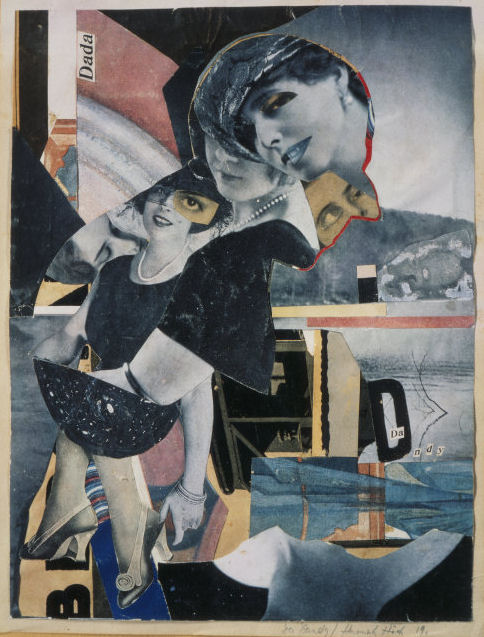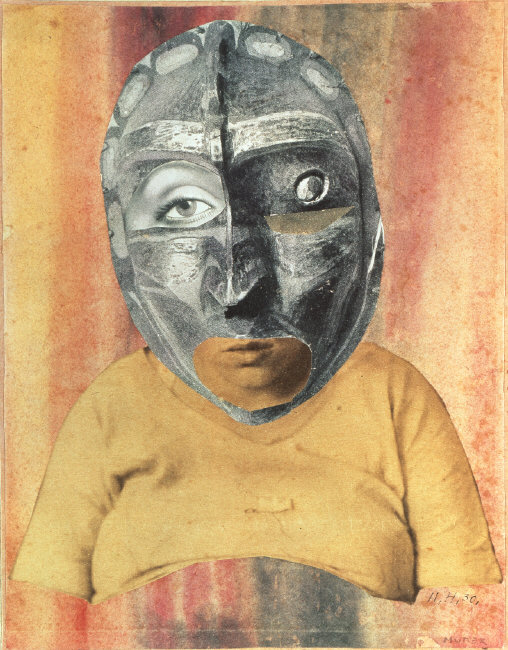Technique by which a composite photographic image is formed by combining images from separate photographic sources. The term was coined by Berlin Dadaists c. 1918 and was employed by artists such as George Grosz, John Heartfield, Raoul Hausmann and Hannah Höch for images often composed from mass-produced sources such as newspapers and magazines.
Photomontages are made using photographic negatives or positives. Negative montages are produced in the darkroom by, for example, sandwiching negatives in an enlarger or masking sections of photographic paper. Positive montages are usually made by combining photographic prints or reproductions. A wide range of photomontage-type work was produced in the 19th century. This can be categorized according to its naturalist or formalist orientation. Dadaist photomontage was related to, but distinct from, earlier Cubist, Futurist and Suprematist collage. The latter occasionally included photographs, but never as a dominant element, unlike many Dada works. There is also frequent use of a third term, photocollage, to describe a work such as Grosz’s and John Heartfield’s Universal City (1919; Berlin, Akad. Kst.), which combined photographs with a wide range of typography and non-photographic imagery.
Source of text: Oxford Grove Art.

Hannah Höch Astronomy and Movement Dada, 250×190 mm, drawing and collage, 1922

Hannah Höch, Mother,watercolour and photograph collage on grey paper,41o×35,1925–6

Recent Comments
pete says,
thank you very much this was very helpfulH M Yamada says,
There is something dire, dangerous and mysteriously compelling about these ...
Robert Horvitz says,
Belated thanks for citing my work! I have a newer ...
article/about says,
Berber as well as Arab nomads took their caravans of ...
Betty Wood says,
Sometimes when I create something beautiful I feel like someone ...